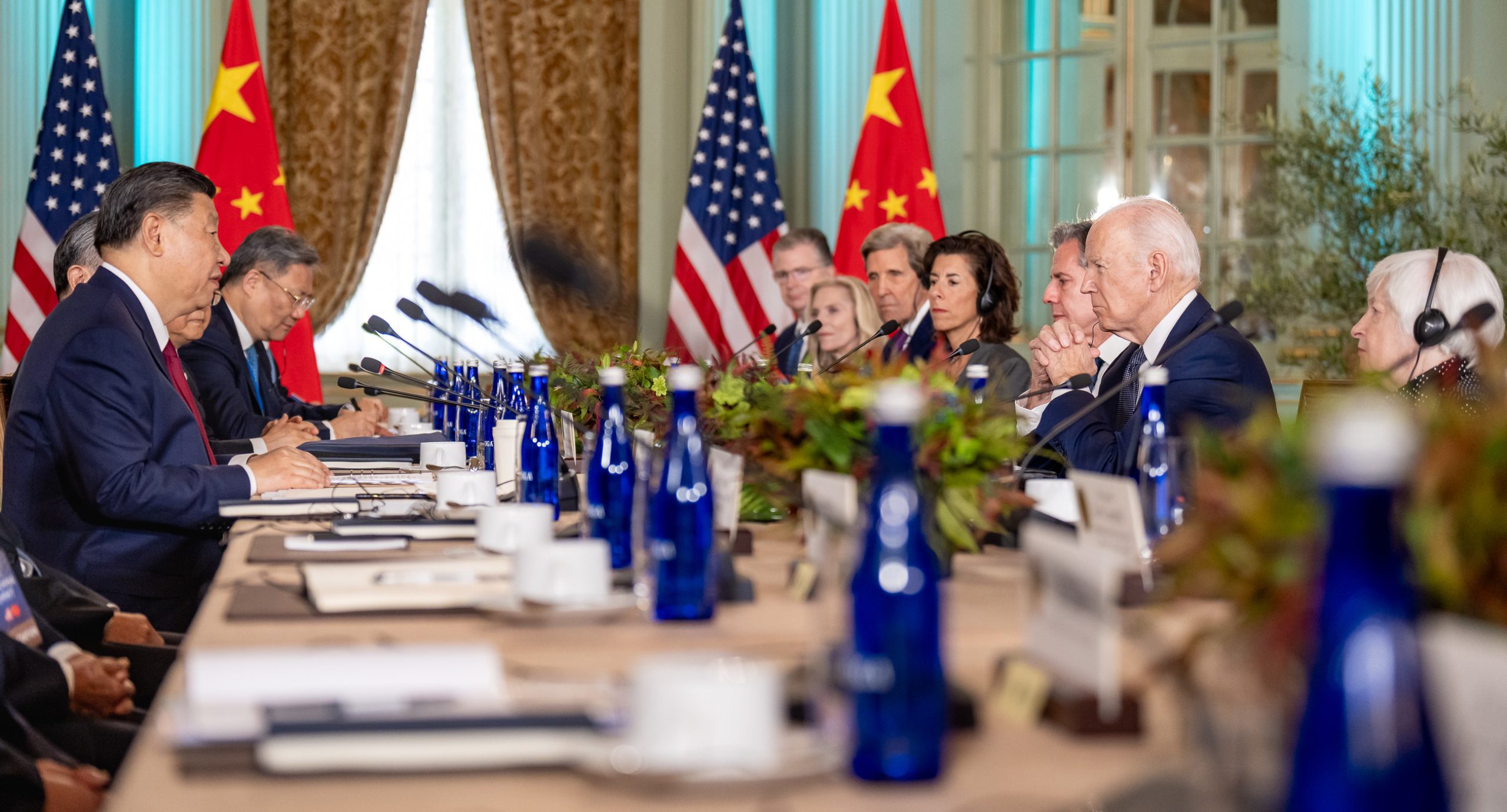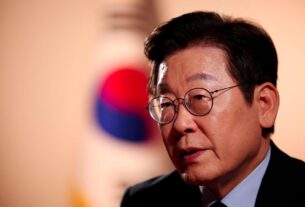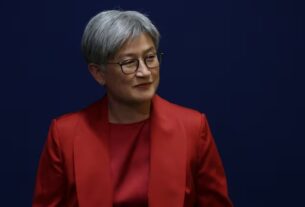In a significant move to ease tensions in the ongoing trade standoff, China has lifted restrictions on the export of gallium, germanium, and antimony to the United States, according to an announcement by Beijing’s Commerce Ministry. The decision signals another step toward stabilizing relations between the world’s two largest economies.
The export ban, originally imposed in December 2024, targeted dual-use materials—substances that can serve both civilian and military purposes. However, the ministry confirmed the suspension of the ban until November 27, 2026, reflecting a softening of policies following high-level talks between President Xi Jinping and former US President Donald Trump in South Korea on October 30.
Their meeting marked a turning point in a trade war that once saw tariffs climb to triple-digit levels, crippling bilateral trade and straining global supply chains.
During the years of dispute, China maintained its stronghold over critical minerals that drive much of modern technology—from smartphones and solar panels to defense equipment.
- China currently accounts for 94% of global gallium production, a metal vital for LEDs, photovoltaic panels, and integrated circuits.
- For germanium, used in fiber optics and infrared systems, China controls around 83% of global output.
- Antimony, crucial for battery manufacturing and military armor, also falls heavily under Chinese production capacity.
Alongside easing restrictions on these metals, Beijing also relaxed controls on graphite-related exports, another essential component for electric vehicle batteries and industrial applications.
This follows a series of conciliatory actions since the Xi-Trump meeting. Just last week, China extended the suspension of extra tariffs on US imports, maintaining them at 10% and halting additional duties on soybeans and other key agricultural goods. These actions directly benefit US farmers—once a major pressure point during the trade conflict.
Furthermore, Trump announced that China agreed to suspend rare earth technology export restrictions for a year, another key sign that both powers are seeking a more stable, less combative economic partnership.
At its core, this decision marks more than a diplomatic maneuver—it’s a hopeful signal for global industries, markets, and ordinary citizens who depend on the seamless flow of resources that power our interconnected world.




